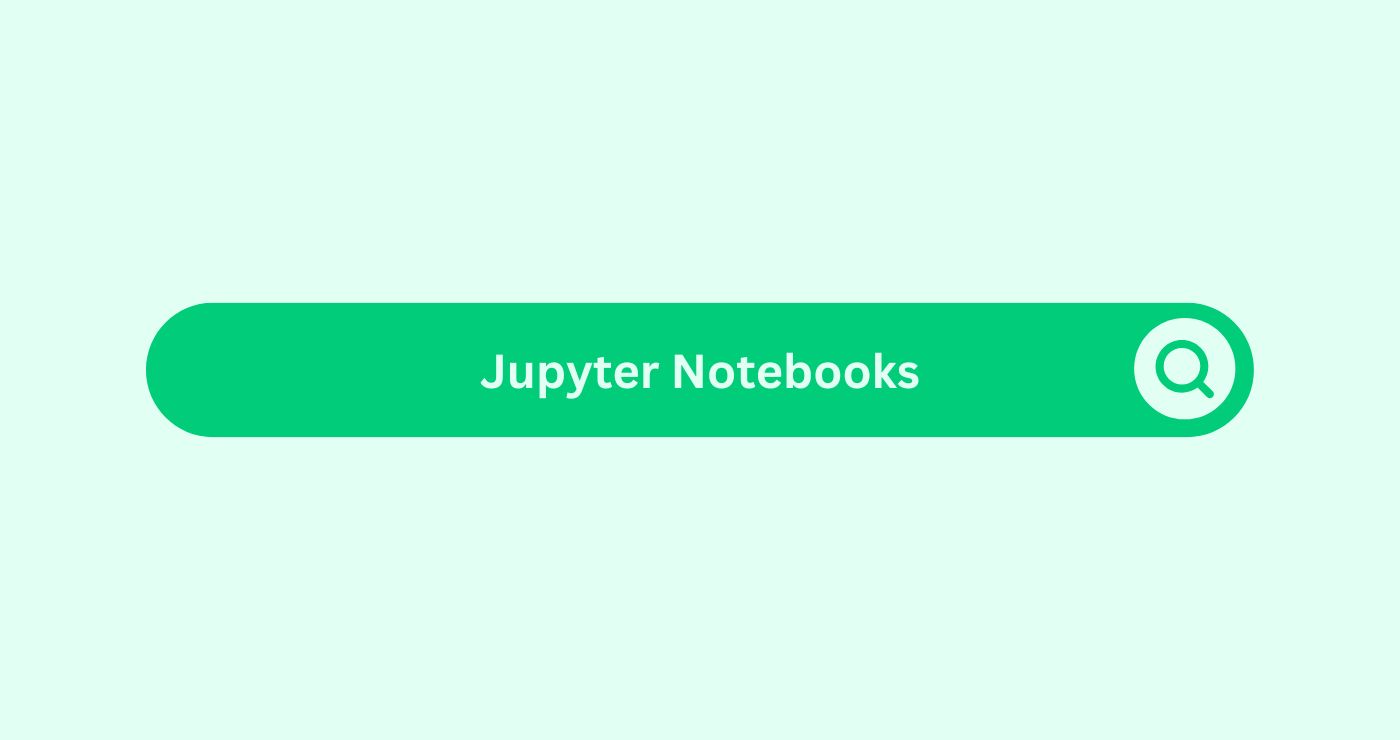Definition
Jupyter Notebooks— Everything gets mashed together—code, charts, and notes right in the browserDefinition A browser is a software application used to acces.... No more jumping between five tools or drowning in tabs. For marketers, analysts, or those AI-crazed engineers. It’s where ideas get tested, numbers get crunched, and strategies take shape instead of dying in some spreadsheet graveyard.
Take a digital marketing agency in Auckland. Plug in some Python, and grab a few sentiment analysisDefinition Sentiment Analysis is an AI technique that interp... models. And suddenly it’s possible to gauge how folks feel about a brand just by scraping social feeds. In performance marketing, they’ll be firing up real-time graphs to catch keyword waves before they crest.
It is helping nail that awkward “seasonal content” puzzle. Meanwhile, SEO shops cook up custom scripts to crawl sites, sniff out content black holes, and size up backlinksWhat are backlinks in the context of SEO? Backlinks, also kn.... All in one tidy notebook. Avoid tedious reports; use audits across a hundred landing pagesDefinition Landing pages are standalone web pages specifical....
Instead of slogging through endless exports, they set up a notebook to pull in every juicy SEO metric—bounce rates, keyword densityDefinition Keyword density refers to the percentage of times..., load times—and run the numbers side by side. Instant, snappy graphs for clients, and way less time wasted on Excel hell.
The marketing team in Auckland wants to outwit the competition. They spin up a notebook to scrape fresh data from rival blogs and socials. Break down post vibes and frequencyDefinition Frequency in Social Media Marketing refers to the..., and map out where engagementDefinition Engagement in content marketing refers to the deg... clusters. Suddenly, campaigns aren’t just good—they’re outsmarting everyone else in the game.
That’s the magic of Jupyter Notebooks. Not just another tool, but the actual secret weapon behind sharper, faster, and way more creative marketing moves.
Understanding with Simple Calculations
The table below illustrates how Jupyter Notebooks enhance efficiency:
| Task | Without Notebooks | With Jupyter Notebooks | Efficiency Gain |
|---|---|---|---|
| Data CleaningDefinition Data Cleaning in AI Terms in Content Marketing re... Time | 4 hours | 1.5 hours | 62.5% faster |
| SEO Audit Reporting | 2 days | 1 day | 50% time saved |
| Code Reusability Rate | Low | High with modular notebooks | 3x improvement |
| Team Collaboration Response Time | Slow (emails/slack) | Real-time via shared notebooks | Instant communication |
By automating repetitive tasks, visualising keyword opportunities, and combining code with live output, notebooks deliver scalable marketing intelligence.
Key Takeaways
- Jupyter Notebooks centralise data, code, and content analysis in a single editable interface.
- They improve team collaboration for SEO companies by enabling live codingDefinition Coding, also known as programming, refers to the ... and result sharing.
- Performance marketing agencies reduce campaignDefinition An SEO campaign involves focused, Organised effor... optimisation cycles through automation.
- Notebooks allow AI-powered keyword, sentimentDefinition Sentiment in the SEO space refers to the emotiona..., and trafficDefinition In the context of SEO (Search Engine Optimisation... analysis in real-time.
- Digital marketing agency Auckland teams use them for competitive audits and predictive trend visualisation.
FAQs
Why are Jupyter Notebooks useful in content marketing?
They streamline data analysis, content experiments, and campaignDefinition An SEO campaign involves focused, Organised effor... visualisations in one environment.
Can non-technical marketers use Jupyter Notebooks?
Yes, many notebooks are built with markdown, easy-to-follow code, and templatesDefinition Templates in the SEO space refer to pre-designed ... for marketers.
How do SEO companies benefit from Jupyter Notebooks?
They automate keyword audits, backlink analyses, and crawl evaluations using pre-set scripts.
Are Jupyter Notebooks cloud-compatible?
Absolutely—they integrate with platforms like Google Colab and AWS for real-time collaboration.
How do performance agencies apply notebooks in ad testing?
They track A/B results, engagementDefinition Engagement in content marketing refers to the deg... scores, and generate custom visuals to assess content ROI.




